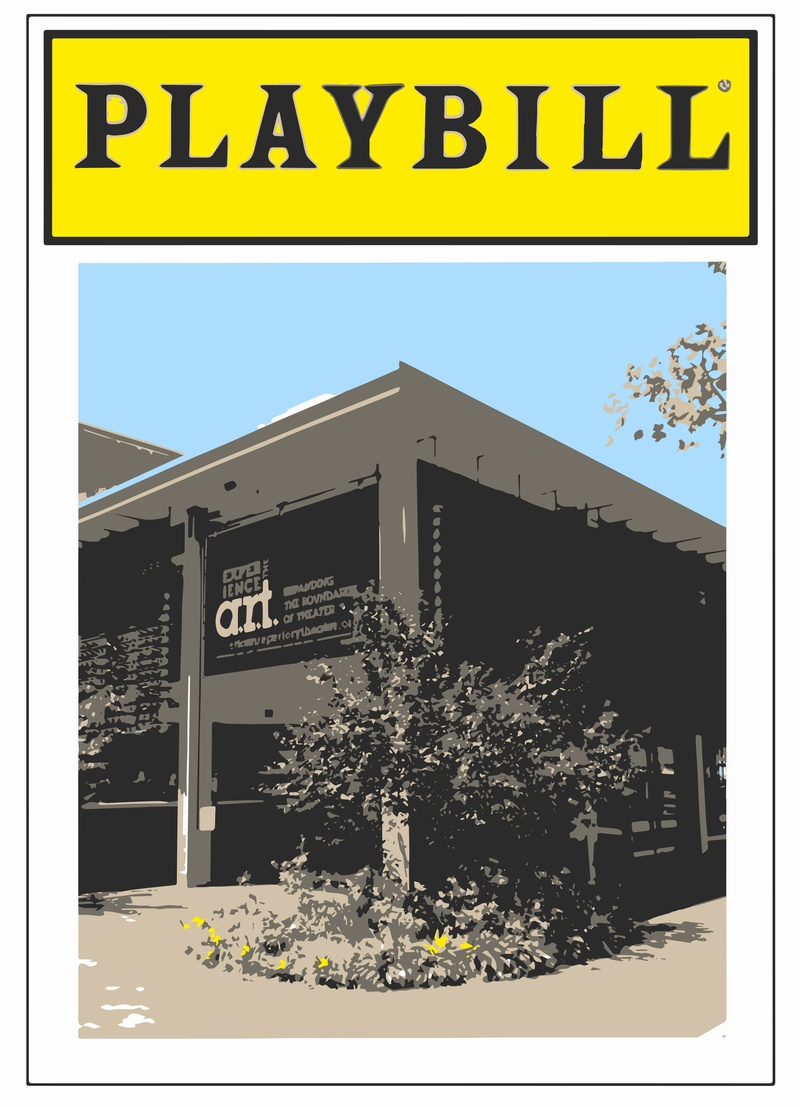On an August day in New York this past summer, Madeleine F. Bersin ’14 found herself at a table surrounded by world-class actors from the cast of “The Glass Menagerie,” a revival of the Tennessee Williams play that the American Repertory Theater had debuted in Cambridge earlier this year.
“The director was asking everyone what time they were first exposed to Tennessee Williams,” Bersin recounts. “And so I just felt like the luckiest little girl in the world, getting to hear all these amazing actors say, ‘Oh, my first exposure to Tennessee Williams was this, this, and this!’”
Bersin, who had been an intern on the show at the ART, also assisted for two weeks in its transition to New York. “I was blown away by being in the room in the first place. And of course, I was not expecting to have to give an answer!” To her surprise, director John Tiffany then asked her to share her own experience.
“To be asked that in that room was so heartwarming and made me feel very included,” she says. “[What] makes the best theater [is] when you’re really willing to include all your collaborators, from lowly interns to two-time Tony Award winners,” she says.
What was most memorable to Bersin about the experience was not being on Broadway so much as this moment of togetherness with the crew. This sense of sharing in the project of theater is something the ART has been cultivating for the past five years. Since the arrival of artistic director Diane M. Paulus ’88, the ART has been developing a new identity for itself on several fronts, including increased ties to New York, opportunities for Harvard students to assist large productions, and devotion to spreading participation in making theater.
ART HISTORY
Like Bersin, audience members at many recent ART plays may be caught off guard by the invitation to participate in what they are watching. In “The Donkey Show,” which plays in the ART’s OBERON Theater, the audience wanders a disco floor, dancing with actors who run around enacting scenes from “A Midsummer Night’s Dream” as musical numbers. “Pippin,” a show from last season that went on to win four Tonys, ended with a sudden dismantling of the backdrop so that the actors broke the fourth wall and joined the “real world” of the spectators.
A major aim of ART productions under Paulus is “always including the audience as a partner,” as the ART’s website reads. Whether on the stage or off, whether in costume or not, everyone is a valued participant.
This was historically not always the case. From its opening under Robert Brustein through the first two decades thereafter, the ART ran nationally well-known productions, including several Broadway shows. But by 2008, when his successor had reportedly brought the ART into financial trouble with high-cost, low-revenue, low-attendance productions, a new leader was needed. Hiring Paulus, who had attracted attention with the 1999 off-Broadway premiere of “The Donkey Show,” would be the start of several changes for the ART.
Civry P. Melvin ’14, a former production intern with the ART who worked on the set of “Pippin,” believes that Paulus bridges a gap between commercial theaters and less accessible intellectual theaters. “She has a foresight to understand what audiences are going to respond to,” Melvin says. “That’s why people like her so much: because she thinks about what an audience is going to respond to and what an audience is going to find interesting.”
BRATTLE TO BROADWAY
One of the most visible signs of this growth in commercial appeal is the new ART’s recent back-to-back sequence of shows that go to New York. This year, both “Glass Menagerie” and “All the Way” will appear on Broadway, following the path of “The Gershwins’ Porgy and Bess” in 2011 and “Pippin” in 2012. But for the ART’s staff, this image of their theater as a kind of “fast-track for Broadway” is misleading.
ART producer Diane Borger acknowledges the trend: “Definitely more shows have gone in the past three years than in the previous 30, so that’s true,” she says. “As soon as you send one thing to New York, the New York people start looking more.”
But these developments, Borger says, haven’t affected her way of looking at the ART’s productions. “We don’t start thinking, ‘Oh, how can we do it on Broadway?’” she laughs. “I think sometimes in the theater, that’s a recipe for failure.” Getting name association with Broadway, to many who have worked on ART productions, is useful for income and publicity, but is not the main goal.
Krithika Varagur ’15, who was a J-Term marketing intern for “The Glass Menagerie,” agrees. “I think the ART wants to be first and foremost providing theater for the Cambridge and Boston metro community,” Varagur says. “So [Broadway is] definitely not like a telos or anything.”
Read more in Arts
BlackC.A.S.T. Spotlights Art













